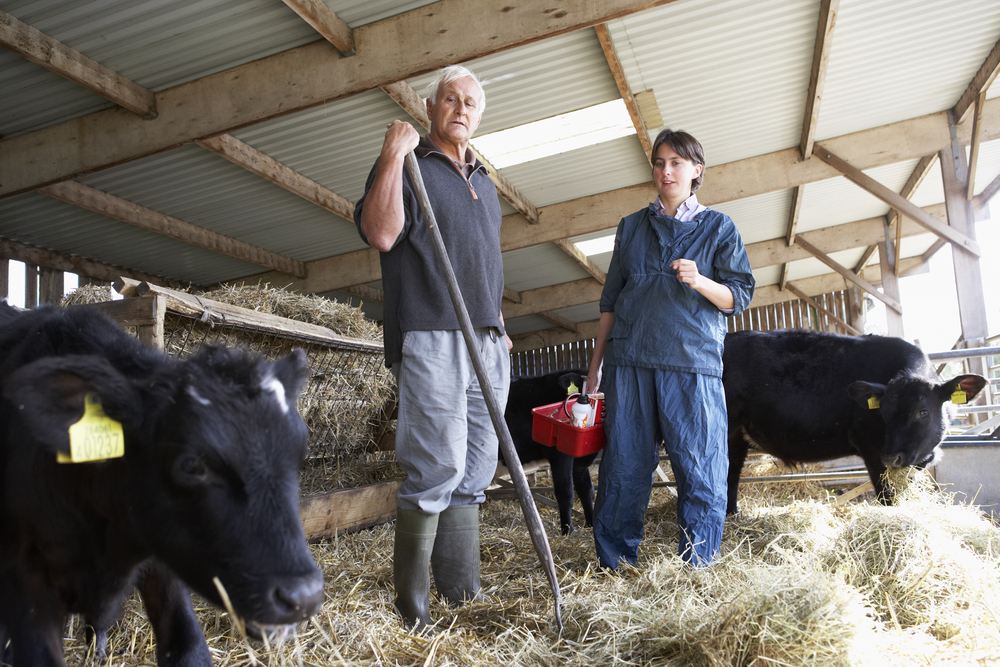“The degree of genetic variation was reflected in the large phenotypic variation observed [See ICBF graph below], which indicated that some bulls produced calves with almost no infection, whilst others produced calves with up to 20 per cent infection. These results were based on bulls that had a minimum of 50 progeny in 10 herds, thereby confirming the strong genetic basis for the trait,” it added.
Whilst some might argue the exercise was largely academic, the ICBF said it is currently undertaking an eradication program for BVD virus-based on a testing and culling policy. And the analysis does confirm that health and disease traits are heritable and on that basis, genetics should become a strong part of future health and disease programmes, the federation stated in its August update.
” This view was confirmed by subsequent analysis presented by Teagasc in which experts indicated heritability estimates (based on Irish data) for incidences of TB, IBR, and Johnne’s of 18 per cent, 28 per cent and 10 per cent respectively.”
The ICBF is currently looking at the inter-relationships between the traits, as the view is that these traits are all strongly correlated. If this is the case and ICBF expects it is, this suggests that in the future ICBF should be able to breed animals that are more resistant or resilient to infection. This is states would be a major step forward for our dairy and beef cattle industries.
A full copy of the slides from last week’s ICBF industry meetings are posted on its website here.
The ICBF can be contacted on 1850 600 900.
ICBF Graph: The degree of genetic variation was reflected in the large phenotypic variation observed/courtesy ICBF

